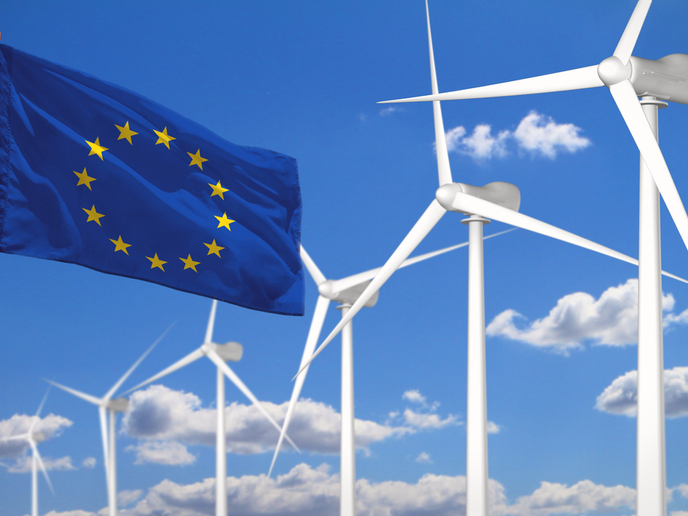Building energy grids of the future to unleash green power
The European Commission and Member States have set ambitious goals for renewable energy sources – 32 % of energy produced by renewables by 2030. An influx of green technologies powered by electronics will be installed into the electrical grid, as the EU shifts away from fossil fuels. Much of the current generation technology is based on synchronous machines, which generate inertia that stabilises the grid. The absence of the inertia provided by renewable energy generation leads to a challenge of how to stabilise networks in the future. “The focus of RE-SERVE is on maintaining current levels of power grid stability, based on using up to 100 % renewable energy generation,” says Fiona Williams, Research Director at Ericsson and RE-SERVE project coordinator. Realising this ambitious goal requires the use of new techniques, including methods to control frequency and voltage within the system.
Necessary updates
“With less mechanical inertia available from large synchronous generators such as hydroelectric turbines, disturbances in the power system will result in faster and bigger deviations in frequency,” says Antonello Monti, RE-SERVE Technical Manager. Improvements in frequency controls are needed for low-inertia power systems to continue to perform vital tasks and maintain stability. Europe’s grid also needs updates to resist future ‘network effects’, which can interrupt the correct functioning of the grid. These include: storms, which can cause trees to fall on power lines and damage wind farms; faults in synchronous generators or power transmission lines; and any unexpectedly high generation of power by renewable energy generation sources, which can cause stability challenges in the power network.
Field trials
RE-SERVE ran tests across Europe, putting their modelling developments into practice in real-world scenarios. In Ireland, the team conducted voltage control field trials. The network included solar panel installation, battery storage systems, chargers for electrical vehicles, and a prototype inverter – used to control voltage. “The project had success in getting all seven trial sites operational, overcoming challenges and delays, and in operating all of the voltage control techniques to evaluate the contribution they could make to improving the operations of voltage control in the power grid,” says Williams. In Germany and Romania, the team monitored the power system frequency to understand the dynamic behaviour of the interconnected power system. “This experience has encouraged project members to support proposals for better monitoring of power flows across Europe,” says Monti.
Legacy of success
“At the time we started work on the project, in 2016, many energy sector experts were sceptical that it would ever be possible or desirable to operate power networks with up to 100 % renewable energy sources, with or without hydroelectric power generation. By the end of the project, in 2019, the views of many sector experts had changed, scepticism being largely replaced with interest in how the challenges could be addressed,” explains Williams. “That three books were prepared during the project, based on the project work on frequency and voltage control, testifies to the high level of interest the results generated,” adds Monti. The work begun in RE-SERVE is being continued. The EdgeFLEX project, which starts in April 2020, will further develop the results of RE-SERVE and apply them to the context of Virtual Power Plants.
Keywords
RE-SERVE, renewable, green technologies, synchronous machines, energy, stability, grid, safe, virtual power plants







